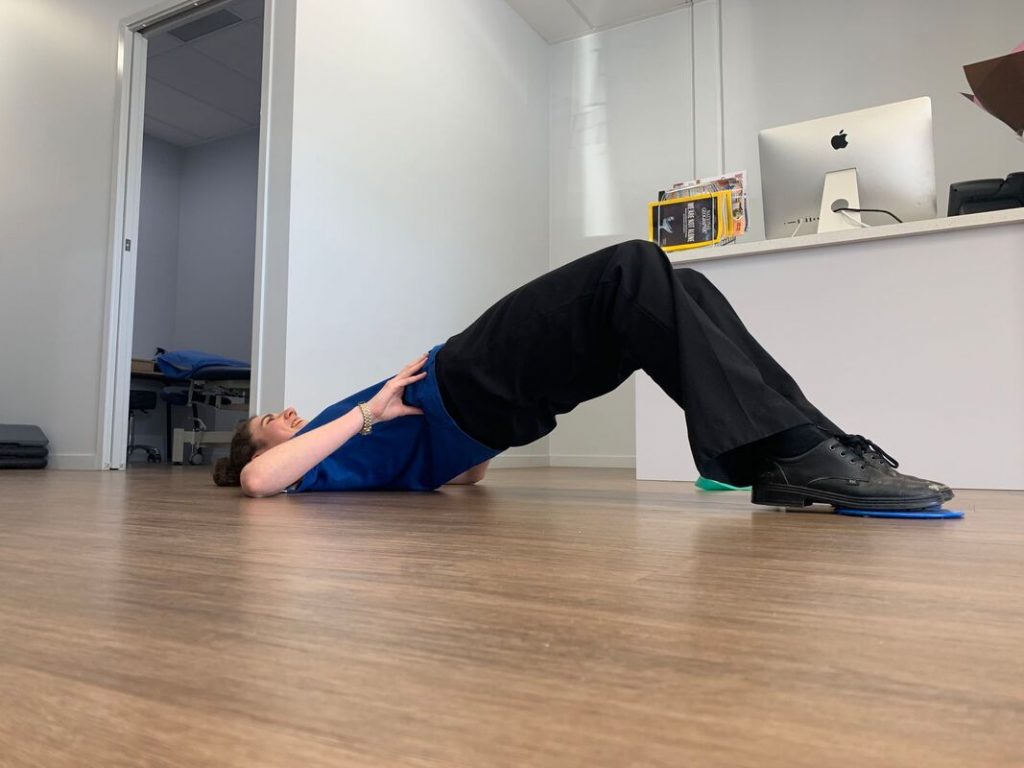35% of people will go on to re-injure their hamstrings after their first strain with each episode taking longer and longer to return to their sport. You NEED to know how to avoid a strain initially and then how to ensure you are not someone who will re-injure.
Have you ever pulled your hamstrings? Maybe you’ve already done it more than once? This is an important article for you to ensure you don’t relapse again.
If left without treatment by a skilled health professional who knows not just how to settle the pain but also how to ensure you regain full strength, power and control, a simple hamstring strain will turn into a massive headache with multiple re-injuries (usually at important times like just before grand final) leading to more time away from sport and more time and money spent in rehab. It’s just not worth the risk.
However when you see the right person not only will you quickly get out of pain but they will ensure that you get exactly where you want to be, whether that be playing footy, walking around the goose ponds 5 days a week, lifting heavy and awkward things in the summer heat at work or slogging it out in the crossfit gym to smash out the workout of the day.
I get so angry every year when I hear the story of someone pulling a hamstring, following their physios and doctors advice but then never getting properly rehabilitated so that they end up re-injuring it all over again (a lot of the time during the same season). You need to know the right advice so that your time and money isn’t wasted on insufficient rehab that just leaves you with a re-injury in the future.
If you want to know exactly what the 3 biggest mistakes people make with their hamstring injuries then read on as this might be the difference between you sitting on the bench injured at grand final time or not.
So mistake number one is always stopping everything once the pain goes and returning to sport. In most cases there are a number of things that contributed to your hamstring strain in the first place meaning pain was actually the last thing to turn up. Thankfully pain is also the first thing to go however all those other contributing things, like strength, power, flexibility, agility, eccentric control and so on, take much longer to fully address. At Elite Physiotherapy we are always trying to find ways to enable our patients to get back to sport as quickly as possible but we always educate them on exactly what they still need to be working on to achieve complete recovery and have minimised their chances of relapse.
The next common mistake is thinking your beginner exercises will see you all the way through to the end. Beginner exercises are just that – the beginning but it’s not what you will be doing at the end. Now a classic physio beginner program that you’d find is a bridge (lying on your back, feet on the floor, lifting bottom), a hamstring stretch and maybe a squat. Potentially if they’ve read a bit of recent research they would have you doing a single leg deadlift too.
This kind of beginner program is not my favourite as it’s based on outdated research. I much prefer starting my patients on something called the extender (lying on your back holding your thigh and straightening your knee), the diver (very similar to a single leg deadlift) and a hamstring bridge (lying on your back with feet on a chair and lifting your bottom). These exercises are amazing at addressing functional flexibility, trunk control and hamstring strength. But like I said earlier, these are just the basic beginner ones.
The last mistake is that people never make it to the end stage exercises. Now these don’t directly follow on from the beginner ones but they are where you want to be come the end of your rehabilitation to ensure everything is back up to 100% plus some more so you know that your hamstrings can tackle anything you throw at them. Exercise one is a glider which works on eccentric control – in essence you controlling yourself into a high splits like position. The next exercise are nordic hamstring curls – kneeling with someone holding your heels as you lower your body down towards the ground.
These are tough especially as you often need someone to help but there is definitely a reason why they have stood the test of time for hamstring rehab – because they work. The last exercise is hopping and I don’t mean some casual bounces on the spot, I’m talking about hopping for distance, for height, zigzagging and much more. This is to ensure that when you whole leg needs to contract on it’s own to propel you that you have enough strength and power to do it without re-injury or overly relying on one muscle group. Only once you’ve mastered everything up to this stage can you feel completely confident in your hamstrings.
If any of this has resonated with you and you don’t want to be the victim of a hamstring tear then we are here to help. It is our passion at Elite Physiotherapy to help
Here’s what you can do next. Give us a call on (07) 4999 9773 so we can team you up with a physio who wants you to succeed or click here to book online. Make sure you mention this blog to receive your first consultation gap free (or 50% off for no private health fund)the victim of a hamstring tear then we are here to help. It is our passion at Elite Physiotherapy to help

